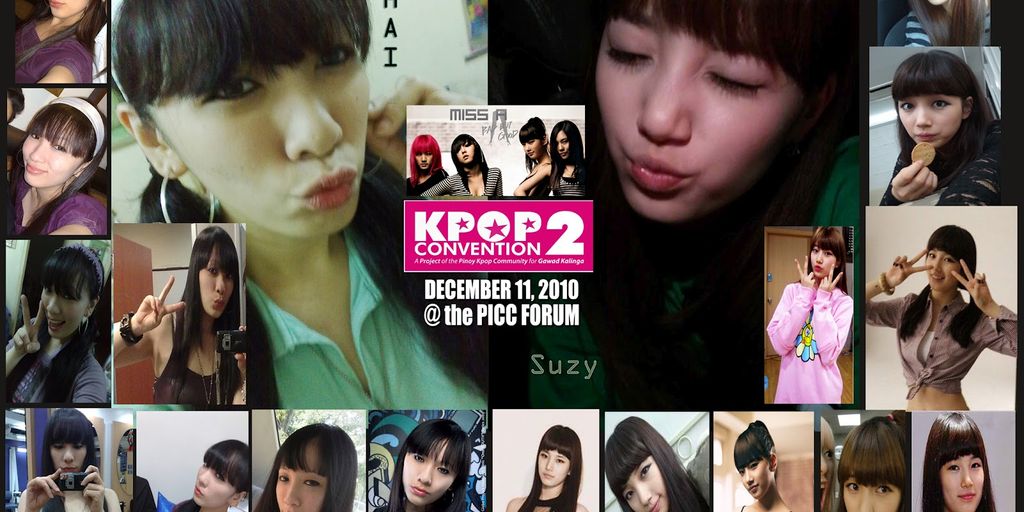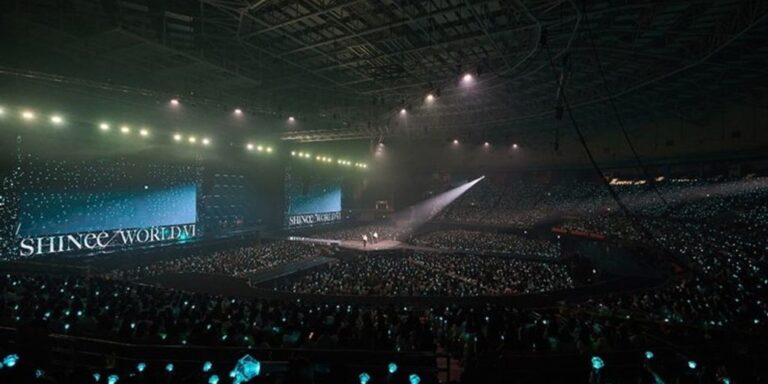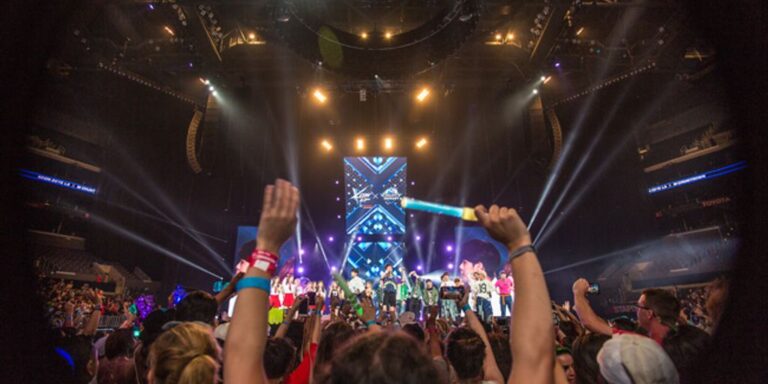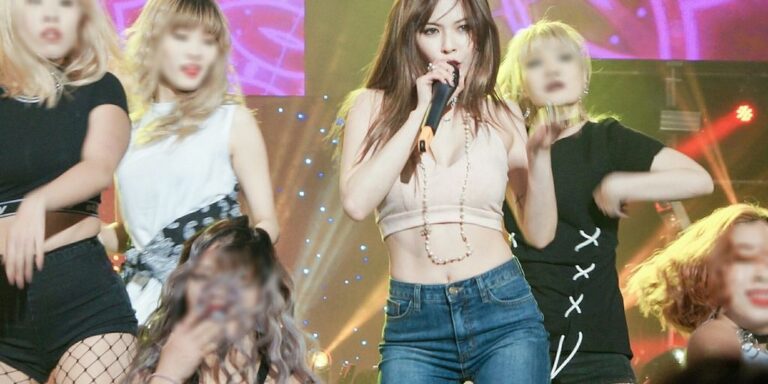
K-Pop fashion has become a global phenomenon, evolving significantly from its early days in the 1990s to the present. This article explores the transformation of K-Pop fashion across different decades, highlighting key trends, influences, and the impact on both the industry and global fashion culture. Let’s dive into the fascinating journey of K-Pop fashion evolution.
Key Takeaways
- K-Pop fashion in the 1990s was heavily influenced by Western pop culture, with first-generation idols setting trends that impacted youth culture in South Korea.
- The 2000s saw a decade of experimentation in K-Pop fashion, blending traditional and modern elements, with iconic outfits and concepts often showcased in music videos.
- The 2010s marked the intersection of high fashion and K-Pop, with idols collaborating with luxury brands, making bold statements on red carpets, and leveraging social media to influence global fashion trends.
- Girl groups in K-Pop have played a significant role in setting fashion trends, evolving from cute to chic styles, and having a substantial impact on global fashion.
- Boy groups have broken stereotypes with edgy and androgynous styles, influenced by hip-hop and streetwear, using fashion as a powerful form of expression.
The Rise of K-Pop Fashion in the 1990s
Influence of Western Pop Culture
In the early 1990s, K-pop fashion was heavily influenced by Western pop culture. Colorful and baggy clothing became a staple, drawing inspiration from American hip-hop and pop styles. Denim and casual, girl-next-door looks were also popular. Accessories like hats, sunglasses, and hair clips were commonly seen.
Signature Styles of First-Generation Idols
First-generation idols often wore matching outfits, creating a sense of unity within groups. Natural-looking makeup was the norm, and the overall style was simple yet eye-catching. Groups like H.O.T and S.E.S were pioneers in popularizing these trends.
Impact on Youth Culture
K-pop fashion quickly became a major influence on young people’s wardrobe choices. The vibrant and unique styles of idols inspired fans to emulate their favorite stars, making K-pop fashion a significant part of youth culture in Korea.
The 2000s: A Decade of Experimentation

The 2000s marked a new era for K-Pop, filled with bright and experimental styles. As K-Pop’s popularity grew, labels aimed to make groups stand out with unique trends. Each album release often introduced a new style era, pushing stylists to constantly innovate. Instead of matching outfits, second-generation idols preferred cohesive but individualistic looks. From cyberpunk to animal print to school uniforms, all sorts of styles made their way into K-Pop fashion.
Fusion of Traditional and Modern Elements
During this decade, there was a blend of traditional and modern elements in K-Pop fashion. Idols often wore outfits that mixed classic Korean styles with contemporary trends. This fusion created a unique look that was both familiar and fresh.
Iconic Outfits and Concepts
The second generation of K-Pop focused heavily on experimentation. Idols frequently changed their looks with every comeback, incorporating dramatic and eccentric fashion staples. Some outfits were similar to the first generation but included elements based on the album or song concept. Originality and eccentricity captured people’s attention, making each comeback a visual spectacle.
Role of Music Videos in Fashion
Music videos played a significant role in showcasing K-Pop fashion. They were a platform for idols to display their latest styles and set trends. Thanks to social media, K-Pop idols became pivotal figures in fashion, blending streetwear with high fashion and setting trends adopted by millions.
The 2010s: High Fashion Meets K-Pop
Collaborations with Luxury Brands
In the 2010s, K-pop idols began collaborating with luxury brands, bringing high fashion to the forefront of the K-pop scene. These partnerships helped idols become global fashion icons, showcasing their unique styles on and off the stage.
Red Carpet and Award Show Looks
K-pop stars dazzled on red carpets and at award shows with their stunning outfits. These events became platforms for idols to display their fashion-forward looks, often blending traditional and modern elements to create memorable ensembles.
Influence of Social Media
Social media played a significant role in spreading K-pop fashion trends worldwide. Platforms like Instagram and Twitter allowed fans to follow their favorite idols’ fashion choices closely, making it easier for trends to go viral. This digital influence helped K-pop fashion reach a global audience, further solidifying its impact on the fashion industry.
The 2010s marked a pivotal moment for K-pop fashion, as idols seamlessly integrated high fashion into their everyday looks, setting new trends and inspiring fans around the world.
The Evolution of Girl Group Fashion
From Cute to Chic
In the early days, girl groups often wore matching outfits that were colorful and playful. As time went on, their fashion became more unconventional, featuring futuristic styling and new hair colors. Metallic wear, neon colors, and funky patterns became prominent.
Trendsetting Girl Groups
Girl groups like Girls’ Generation set the stage for innovative fashion. Their originality and eccentricity captured people’s attention, making them trendsetters in the industry. Companies understood that unique styles were key to standing out.
Impact on Global Fashion Trends
K-Pop girl groups have had a significant impact on global fashion trends. Their bold and creative styles have influenced fashion worldwide, making K-Pop a major player in the fashion industry.
The evolution of girl group fashion shows how creativity and originality can capture global attention.
Boy Group Fashion: Breaking Stereotypes
Edgy and Androgynous Styles
K-Pop boy groups have been known for their edgy and androgynous styles. This shift towards breaking down gender barriers and promoting inclusivity has been significant. By adopting gender-neutral styles, idols challenge traditional fashion norms and redefine beauty standards. Androgynous fashion encourages self-expression, creates a sense of empowerment, and inspires fans to embrace their own unique style, regardless of gender expectations.
Influence of Hip-Hop and Streetwear
In the 90s, boy groups dressed similarly to their Western counterparts, like Backstreet Boys or ‘N Sync. Loose clothes and baggy jeans were staples of 90s fashion, reflecting the hip-hop scene flawlessly. The color white was a favorite for stages, and the majority of the members’ outfits were monochromatic and nearly identical. Hair was often down and naturally black. For boys, makeup was quite simple and sparse. However, there were occasions when the styling would become more elaborate.
Fashion as a Form of Expression
Today, K-Pop stars have more freedom when it comes to individual style. Many get to work closely with stylists on their stage looks, having their personal tastes represented as well. The most successful artists often start trends, pushing boundaries and making fashion statements with their outfits. From BTS’s streetwear-inspired looks to other groups’ unique styles, these stars are always experimenting with new styles and inspiring fans around the world.
K-Pop male singers’ gender performativity is significant, as it challenges rigid gender binaries in Western culture.
The Future of K-Pop Fashion
K-pop fashion is always changing, and the future looks exciting. As K-pop keeps growing worldwide, the stars will continue to be trendsetters and style icons. From colorful streetwear to edgy outfits, K-pop artists have made a unique style that is now a big part of the genre. So, get ready to express yourself and create your own K-pop fashion look!
Sustainability in K-Pop Fashion
In the future, sustainability will be a big focus in K-pop fashion. More artists will choose eco-friendly materials and support brands that care about the environment. This change will help make fashion better for our planet.
Virtual Fashion and Digital Influences
With technology getting better, virtual fashion will become more popular. K-pop stars might wear digital clothes in music videos and concerts. This new trend will let fans see amazing outfits that are only possible in the digital world.
Predictions for the Next Generation
The next generation of K-pop fashion will be even bolder and brighter. We can expect more collaborations between K-pop idols and global fashion brands. The influence of these stars will keep growing, and they will continue to set new trends in the fashion world.
Conclusion
The evolution of K-pop fashion is a testament to the genre’s dynamic and ever-changing nature. From the colorful and natural styles of the first generation to the high-end, flashy concepts of today, K-pop fashion has continuously reinvented itself to stay ahead of trends and set new ones. Each generation brought its own unique flair, reflecting broader changes in the fashion industry and society. As K-pop continues to grow globally, its fashion will undoubtedly keep evolving, influencing and being influenced by cultures around the world. Whether you’re a long-time fan or new to the scene, there’s no denying the impact and importance of fashion in the world of K-pop.
Frequently Asked Questions
What is K-pop fashion?
K-pop fashion refers to the unique and trendy styles worn by K-pop idols. It plays a crucial role in music video concepts and helps construct the character of the idols, making them stand out from other groups or artists.
How has K-pop fashion evolved over the years?
K-pop fashion has evolved through different generations, each with its own distinct style. From the colorful and natural looks of the first generation to the high-fashion, luxury brand collaborations of recent years, K-pop fashion continues to innovate and set trends.
What are some iconic K-pop fashion trends?
Some iconic K-pop fashion trends include the fusion of traditional and modern elements, edgy and androgynous styles, and the incorporation of high-end brands in idol wardrobes. Each trend reflects the changing tastes and influences in the K-pop industry.
How do music videos influence K-pop fashion?
Music videos play a significant role in K-pop fashion by showcasing the latest trends and concepts. They provide a visual platform for idols to display their unique styles and often set the stage for new fashion trends within the industry.
What impact does K-pop fashion have on global trends?
K-pop fashion has a significant impact on global trends. The unique and innovative styles of K-pop idols often influence fashion enthusiasts and designers worldwide, leading to the adoption of K-pop-inspired looks in various fashion markets.
What is the future of K-pop fashion?
The future of K-pop fashion is likely to focus on sustainability, virtual fashion, and digital influences. As the industry continues to evolve, we can expect to see more eco-friendly fashion choices and the integration of technology in fashion design and marketing.




Leave a Comment